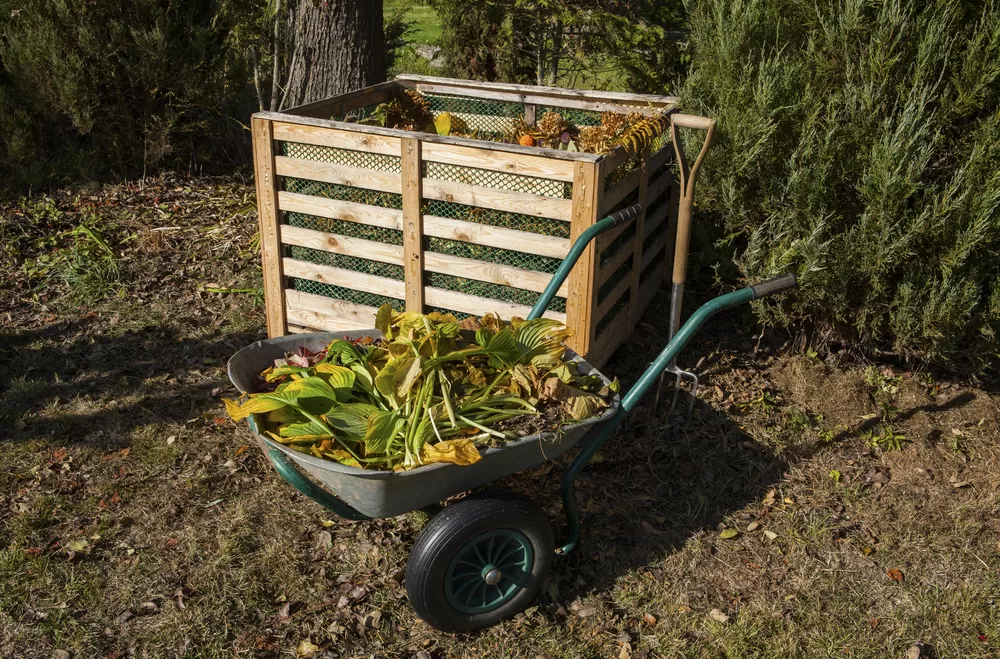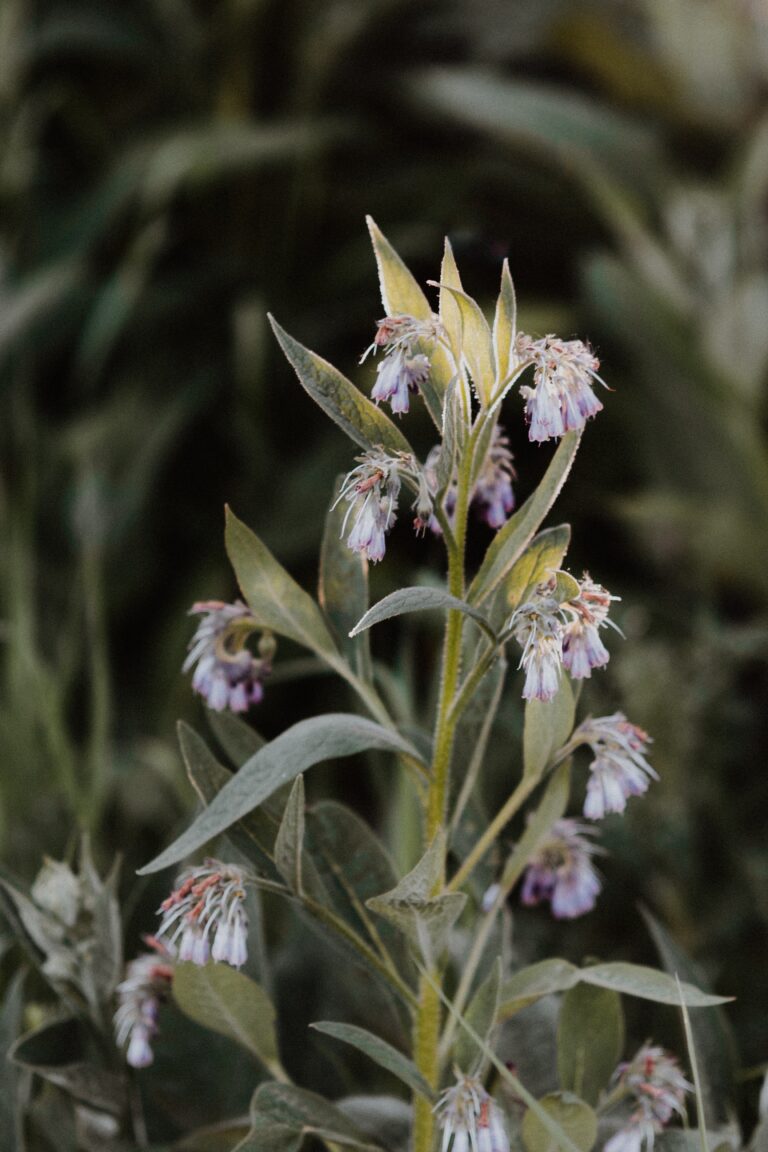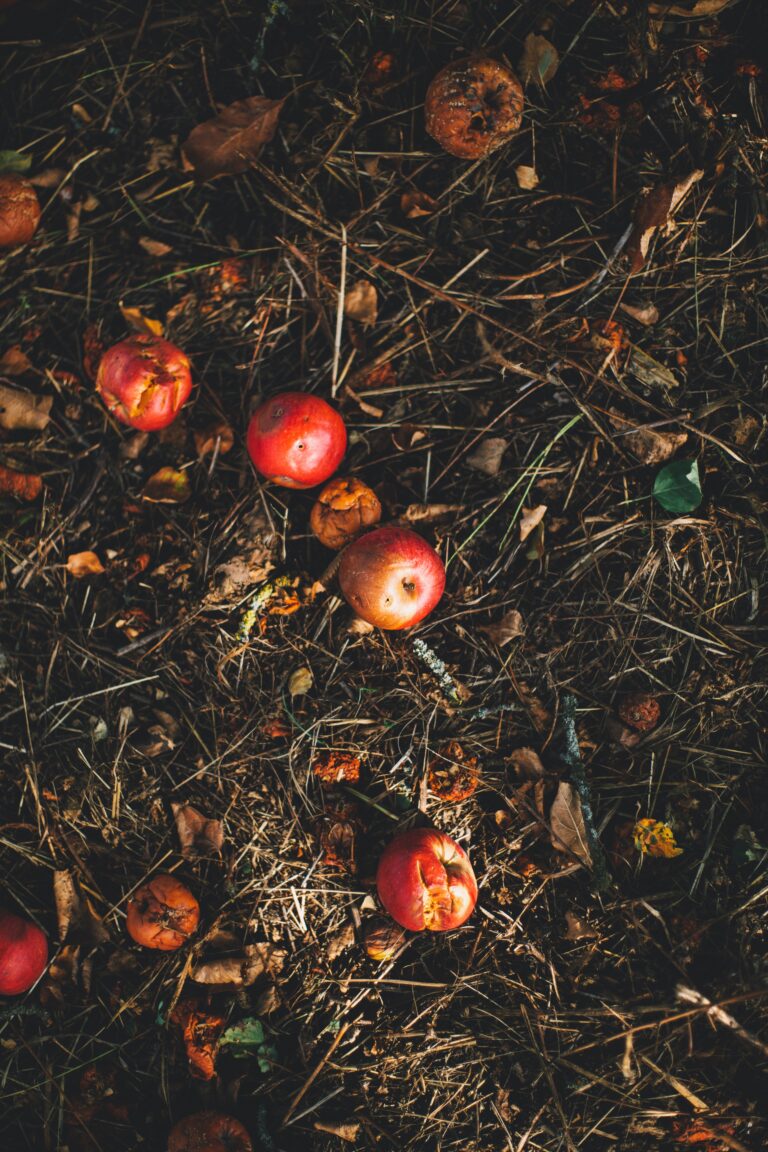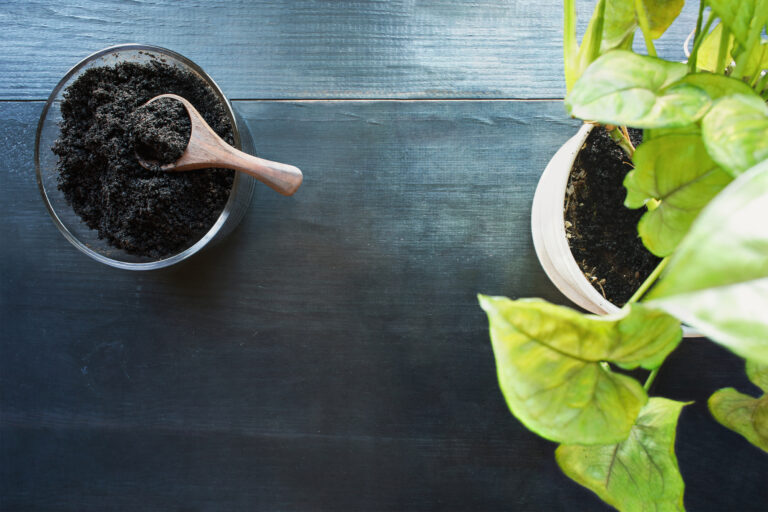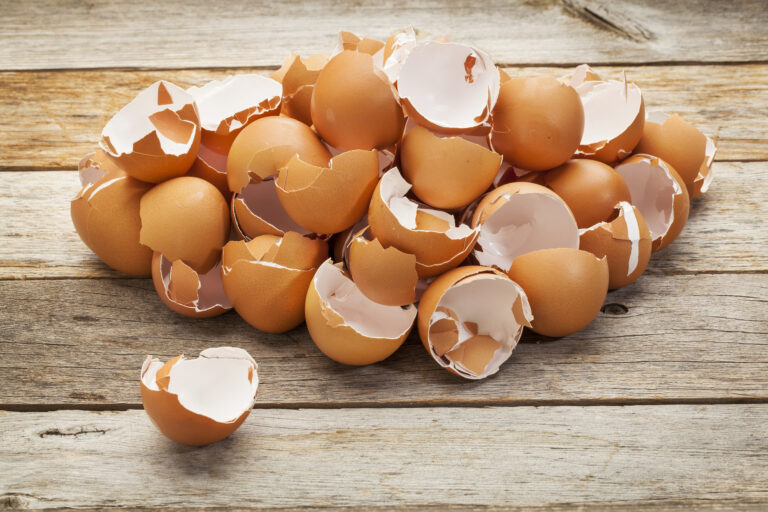How To Improve Your Soil: 5 Essential Techniques for a Healthier Garden
Improving the quality of your soil is critical for healthy plants, increased crop yields, and a thriving garden. Soil quality has a direct impact on the overall health of the plants, their access to nutrients, and their ability to ward off pests and diseases. This article will provide valuable information and practical tips on how to improve your soil, ensuring the optimal growth and productivity of your garden or crop.
To determine the best course of action, it’s essential to start by understanding the current condition of your soil. This includes its texture, nutrient levels, pH, and the presence of beneficial or harmful organisms. Conducting soil tests will give you a clear picture of the necessary amendments required to improve your soil health.
Armed with knowledge about the present situation of your soil, you can implement a variety of techniques to enhance its quality. Some of these methods include incorporating organic matter, practicing crop rotation, and employing soil conservation techniques. The subsequent sections in this article will discuss these methods in detail, empowering gardeners and farmers alike to grow healthy, thriving plants.
Understanding Soil Types
Clay Soil
Clay soil is characterized by its small particle size and its ability to hold water and nutrients well. It has a dense consistency, which can make it difficult for plant roots to penetrate and expand. However, clay soil can be improved by adding organic matter, such as compost, to increase its drainage and aeration. Key features of clay soil include:
- Small particle size
- High water and nutrient retention
- Dense consistency
Sandy Soil
Sandy soil has large particle sizes, resulting in a loose, gritty texture. It has low water and nutrient retention, which can cause plants to struggle in getting the resources they need. However, this type of soil is easy to work with and drains well. Improving sandy soil involves adding organic matter to help retain water and nutrients. Characteristics of sandy soil are:
- Large particle size
- Low water and nutrient retention
- Drains well
Loamy Soil
Loamy soil is a well-balanced mix of clay, sand, and silt particles. This type of soil provides the best conditions for plant growth, as it offers good drainage, aeration, and nutrient retention. Loamy soil is often considered the ideal soil type for most plants, with key features such as:
- A balanced mix of particles
- Good drainage and aeration
- High nutrient retention
Silt Soil
Silt soil has a smooth texture, with slightly smaller particles than sand. It can retain water well, but its ability to hold nutrients is less than that of clay soil. Silt soil may be prone to erosion and compaction but can be improved by adding organic matter. Features of silt soil include:
- Smooth texture
- Moderate water and nutrient retention
- Prone to erosion and compaction
Peaty Soil
Peaty soil is rich in organic matter and has a dark, crumbly texture. It provides acidic conditions, which can be beneficial for certain plants but detrimental for others. Peaty soil can retain water well, but it may cause plants to become waterlogged. Improving peaty soil may involve adding lime to neutralize acidity and adding sand for improved drainage. Peaty soil has characteristics like:
- Rich in organic matter
- Dark and crumbly texture
- Acidic conditions
Chalky Soil
Chalky soil is alkaline and made up of larger particles than most other soil types. It drains well but struggles to retain water and nutrients, making it challenging for some plants to grow. Organic matter can be added to improve chalky soil, as well as using tailored fertilizers to provide necessary nutrients. Key features of chalky soil are:
- Alkaline pH
- Large particle size
- Poor water and nutrient retention
Testing Soil Quality
pH Level Testing
Testing the pH level is an essential part of evaluating soil quality. The pH level measures soil acidity or alkalinity, which affects the availability of essential nutrients for plant growth.
To test the pH level, gardeners can use a soil pH testing kit or pH meters. The pH scale ranges from 0 to 14. The ideal pH range for most plants is 6.0 to 7.0. Soils with pH below 6.0 are acidic, while those above 7.0 are alkaline.
- Acidic soils may cause nutrient deficiencies or toxicities, impairing plant growth.
- Alkaline soils can reduce the availability of essential nutrients, leading to stunted plant growth.
To amend the soil pH, gardeners can use lime to raise the pH or sulfur to lower it.
Penn State Extension has some helpful information here about understanding soil ph!
Soil Texture Analysis
Analyzing soil texture helps determine its composition of sand, silt, and clay particles. This composition influences the soil’s water retention and drainage capacity.
One simple method to assess soil texture is the jar test. Here are the steps for the jar test:
- Fill a clear jar halfway with soil.
- Add water until the jar is almost full, leaving room for shaking.
- Add a drop of dish soap to help separate soil particles.
- Shake the jar vigorously for several minutes.
- Allow the soil to settle for 24 hours.
After 24 hours, sand, silt, and clay particles will form separate layers in the jar. The relative thickness of each layer indicates the soil’s texture. Knowing the soil texture, gardeners can select suitable plants for their garden or amend the soil to improve its properties.
Nutrient Profile Assessment
Assessing the nutrient profile of the soil includes measuring the availability of essential nutrients like nitrogen, phosphorus, and potassium (N-P-K). This assessment gives gardeners insight into the soil’s fertility and helps them determine the appropriate type and amount of fertilizer to use.
Gardeners can use soil test kits or send soil samples to a soil testing laboratory. The test results will provide recommendations for nutrient amendments. Gardeners can then use organic or synthetic fertilizers to enhance soil fertility, based on the test results.
To maintain soil fertility and prevent nutrient imbalances, gardeners should conduct regular nutrient profile assessments and follow the recommended nutrient amendment guidelines.
Improving Soil Structure
Benefits of Composting
Composting is the process of decomposing organic materials into a nutrient-rich, soil-like substance. If you do it, make sure you include right mix of greens and browns in your compost! The benefits of composting for your soil include:
- Soil fertility: Compost adds essential nutrients to the soil, leading to increased plant growth.
- Soil structure: Compost encourages the formation of soil aggregates, improving the soil’s texture and ability to hold water.
- Reduced erosion: With better structure, soil is less likely to be washed away during heavy rain or wind.
Incorporating Organic Matter
Incorporating organic matter into the soil can improve its structure by increasing the availability of nutrients and enhancing the soil’s ability to retain water. Some examples of organic matter to incorporate into your soil are:
- Leaves: A great source of nutrients and can be tilled into the soil or used as mulch.
- Grass clippings: High in nitrogen and can be used as a top dressing for lawns or composted for garden beds.
- Manure: High in nutrients, be sure to choose well-rotted manure to avoid harmful bacteria and pathogens.
Aeration Techniques
Aeration techniques help loosen compacted soil, allowing water and nutrients to penetrate more deeply. Common aeration techniques include:
| Technique | Description | When to use |
|---|---|---|
| Forking | Using a garden fork to create holes in the soil, increasing airflow and water penetration. | For smaller areas and flower beds |
| Core aeration | Uses a machine to remove small plugs of soil, creating channels for water and nutrients to reach deeper layers of the soil. | For larger areas, such as lawns |
| Tilling | Turning over the soil using a rotary tiller, breaking up compacted soil layers, and mixing in organic matter. | Before planting in garden beds |
By incorporating these techniques and practices into your soil management routine, you will enhance the overall soil structure, ultimately leading to healthier, more productive plants.
Maintaining Soil Health
Watering Strategies
Proper watering is crucial for maintaining soil health. Soil types vary in terms of their water retention capacities. It is vital to understand your soil’s specific characteristics to implement optimal watering strategies.
- Clay soils: These soils retain water well but may become saturated and take a long time to drain. Water less frequently but in higher quantities for better results.
- Sandy soils: These soils have lower water-holding capacities and may require more frequent watering in smaller amounts.
- Loam soils: These soils offer a balanced combination of characteristics, so maintain a consistent watering schedule to retain optimal moisture levels.
Cover Crops
Incorporating cover crops into the garden ecosystem is an excellent way to improve the soil health. These plants, such as clover, rye, and vetch, provide multiple benefits:
- Erosion prevention: Cover crops form a protective layer over the soil, shielding it from heavy rain, wind, or other forces that may lead to soil erosion.
- Nutrient retention: Many cover crops, especially legumes, can boost nutrient levels in the soil by promoting nitrogen fixation.
- Weed suppression: As cover crops grow, they compete against weeds for resources, reducing the need for harmful chemical weed control treatments.
Crop Rotation Principles
Crop rotation is the practice of planting different types of crop varieties in the same area over a series of successive growing seasons. This strategy can tremendously enhance soil health:
- Disease and pest control: Rotating crops prevents the build-up of pathogens and pests that tend to become dominant when the same crop is planted in one plot repeatedly.
- Nutrient management: Crop rotation prevents nutrient depletion and maintains soil fertility. For instance, planting nitrogen-fixing legumes after a nitrogen-consuming crop, like corn, can replenish lost nitrogen.
- Weed control: Rotating crops with varied growth habits and mature heights make it difficult for weed species to adapt, thereby reducing the need for chemical weed control methods.
By implementing these watering strategies, cover cropping techniques, and crop rotation principles, gardeners will be well on their way to maintaining soil health and promoting a thriving, sustainable garden ecosystem.
Using Fertilizers Wisely
Organic vs Synthetic Fertilizers
Organic fertilizers are derived from natural sources, such as compost, manure, or bone meal. They are known for providing a slow release of nutrients to the soil, supporting microbial life, and improving soil structure. Synthetic fertilizers, on the other hand, are manufactured from inorganic materials and offer a quick release of nutrients. Despite their efficacy in boosting plant growth, they have the potential to harm the environment and damage soil life if overused. Consequently, opting for organic fertilizers and using them judiciously can contribute to long-term soil health.
Application Timing
The proper timing of fertilizer application significantly influences the effectiveness of the nutrients. To ensure maximum absorption, adhere to these guidelines:
- Spring: Apply organic fertilizers as the soil warms up, allowing the nutrients to become available for plant uptake. This is typically best for perennials and shrubs.
- Fall: Apply compost or organic fertilizers to your vegetable garden or annual beds in the fall after the harvest, ensuring nutrient availability for the following growing season.
- As per soil test: In case of doubt, perform a soil test to determine nutrient deficiencies and adapt your fertilizer application accordingly.
Correct Dosage and Distribution
Striking a balance in the amount and uniformity of the fertilizer application is crucial. Overuse and poor distribution can not only be wasteful, but detrimental to the soil health.
- Dosage: Stick to the recommended dose provided on the fertilizers’ packaging or follow instructions from a soil test. Overuse can lead to nutrient leaching, runoff, and pollution.
- Uniformity: Make sure the fertilizer is distributed evenly across the area to avoid over-concentration which can burn plants or cause uneven growth.
Consider using these approaches for effective distribution:
- Broadcast method: Sprinkle the fertilizer evenly over the entire soil surface.
- Side-dressing method: Apply the fertilizer on the side of the plants or in-between rows, ensuring the roots can access nutrients without direct contact.
Adhering to these guidelines on organic and synthetic fertilizers’ use, application timing, and correct dosage and distribution will facilitate improved soil health and plant growth.
Pest and Weed Management
Biological Control Methods
Introducing beneficial insects can greatly help control pests in your garden. Some common examples include:
- Ladybugs: These natural predators target aphids, mealybugs, and spider mites.
- Green lacewings: They feed on a variety of soft-bodied pests like aphids and caterpillars.
- Praying mantises: These carnivorous insects consume a wide range of garden pests, such as flies and grasshoppers.
Establishing a diverse ecosystem in your garden by planting a variety of native plants can also attract and support beneficial insects.
Another effective strategy for pest control is the use of biopesticides. These are derived from natural materials, such as plants, bacteria, fungi, and minerals. When applied correctly, biopesticides can target specific pests without harming beneficial insects or the environment. Some commonly used biopesticides include Bacillus thuringiensis (for caterpillars) and neem oil (for various pests like aphids and whiteflies).
Mulching for Weed Suppression
Mulching is a simple and effective technique for weed suppression. It involves covering the soil surface with a layer of organic or inorganic materials. This helps prevent weeds from germinating and competing with your plants for nutrients, water, and sunlight.
Organic mulches decompose over time, improving soil structure and fertility:
- Straw: Lightweight, easy to spread, and suitable for most garden areas. Avoid using hay as it may contain weed seeds.
- Shredded bark or wood chips: Durable and long-lasting, they are ideal for perennial beds and trees.
- Grass clippings or leaves: Readily available and can be used for vegetable gardens or flower beds.
Inorganic mulches require less frequent replacement, but do not benefit soil fertility:
- Landscape fabric or plastic sheeting: Effective in weed suppression. However, they restrict water and air circulation in the soil.
- Gravel or crushed stones: Suitable for pathways or around trees and shrubs where organic mulches may not be practical.
To maximize the effectiveness of mulches in weed management, apply a layer that is 2-4 inches thick, taking care not to over-mulch as it may cause problems like oxygen deprivation or root rot. Remember to regularly monitor and maintain the mulch for optimal weed control and soil health.
Soil Conservation Practices
Contour Farming
Contour farming is a practice that involves planting crops along the natural contours of the land. This method helps to:
- Reduce soil erosion: Contour farming slows down the flow of water, decreasing the likelihood of soil particles being washed away.
- Enhance water infiltration: By allowing water to travel at a slower pace, contour farming increases the opportunity for water to penetrate the soil, which can improve overall soil moisture.
Terracing Methods
Terracing is another effective soil conservation method. It involves creating a series of flat, level surfaces or “steps” on sloped land. There are three primary types of terraces:
- Bench terracing: Constructed by cutting a flat surface into the slope, bench terracing is most suitable for areas with moderate to steep slopes and where soil depth is less critical.
- Broad-based terracing: These terraces are designed with a broad, flat ridge followed by a wide channel, which is suitable for machinery and crop planting.
- Ridge terracing: Ridge terraces are similar to broad-based terraces, but have a narrower ridge for planting, followed by a wide channel for water retention.
Windbreaks and Shelterbelts
Windbreaks and shelterbelts are barriers of trees, shrubs, or other vegetation strategically planted to protect soil from wind erosion. The benefits of windbreaks and shelterbelts include:
- Reducing wind erosion: The barriers help slow down the wind, which minimizes the amount of soil that can be blown away.
- Promoting efficient water use: By lessening the impact of the wind, windbreaks can help reduce evapotranspiration, leading to more efficient water usage for plants.
- Enhancing soil fertility: As trees and shrubs in the windbreaks and shelterbelts drop leaves and other organic matter, this contributes to improving the fertility of the soil.
Incorporating these soil conservation practices, such as contour farming, terracing methods, and windbreaks and shelterbelts, can significantly enhance the quality of the soil and promote sustainable agriculture.

